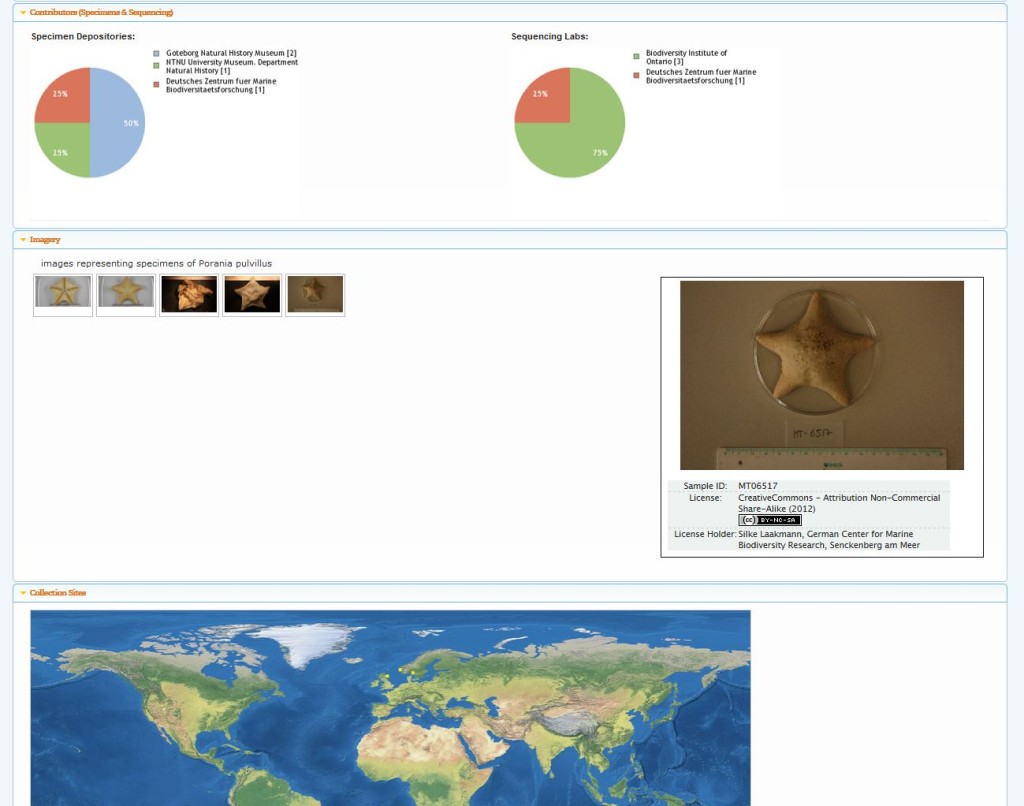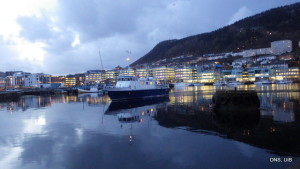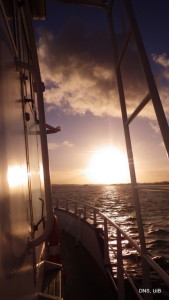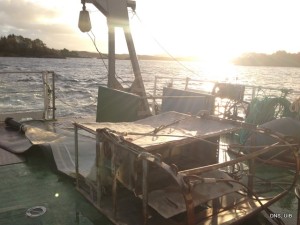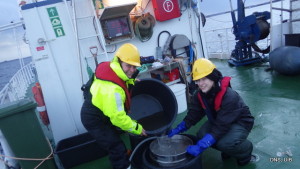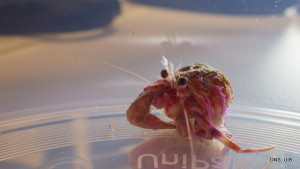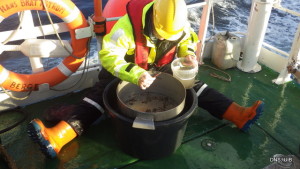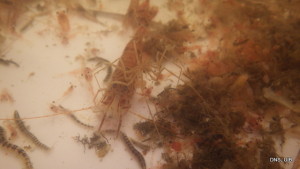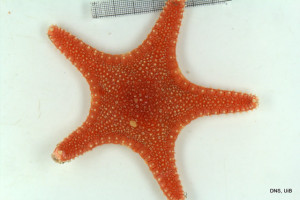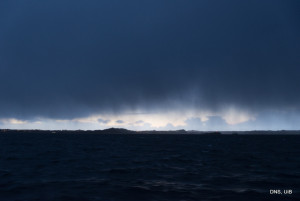Costasiella (Pruvot-Fol, 1951) or Leaf Sheep Sea Slugs recently gained a lot of attention online, due to many of the species resembling cute green cartoon sheep, but there is much more to them than just their cute appearances.
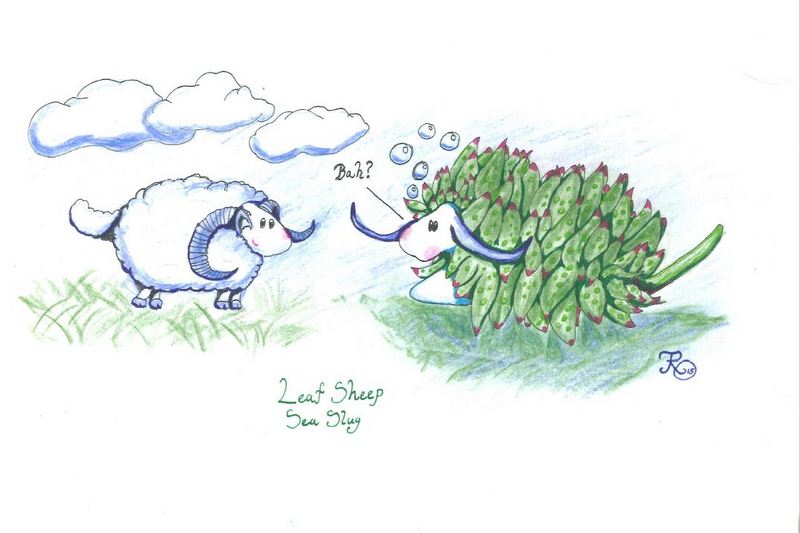
Regular sheep vs Leaf Sheep Sea Slugs (ill: T.R. Oskars)
Within Heterobranchia (sea slugs and land snails) they fall within the Saccoglossa, or sap sucking sea slugs, which feed by sucking out the cell contents of algae. Some of the species within this group simply digest the entire cell straight away, whereas some have the unique ability to retain some of the cellular components from the algae in a functional state within their body, a process called kleptoplasty (plastid stealing).
Costasiella is one of these plastid thieves, who retain the chloroplasts of the algae and can use them to fix carbon trough photosynthesis, an ability that is unique for saccoglossans amongst animals, leading to the often being referred to as “crawling leafs”. The plastids can aid the slug to survive for extended periods without food, and even if the slugs are thought to benefit from the products of the plastids, in dark conditions they also seems to work just as well as emergency rations, making even the main role of the plastids questionable. In addition precisely how these slugs can retain the functional chloroplasts in their body is still unknown; however the leading theory was for a long time that Costasiella also stole genes for managing the plastids from the cell nucleus of the algae (horizontal gene transfer). Such genes have however not yet been found in the genome of Costasiella, but has been found in its saccoglossan cousin Elysia chlorotica who can in addition pass these genes on to their offspring. The chloroplasts are however not inherited by the next generation of Costasiella or E. chlorotica, so the young have to go out and find their own before they can be true “crawling leafs”. In addition to being cute ambassadors of slimy slugs, Costasiella is also a little mystery.
Suggested reading:
Christa, G., Gould, S. B., Franken, J., Vleugels, M., Karmeinski, D., Händeler, K., … & Wägele, H. (2014). Functional kleptoplasty in a limapontioidean genus: phylogeny, food preferences and photosynthesis in Costasiella, with a focus on C. ocellifera (Gastropoda: Sacoglossa). Journal of Molluscan Studies, 80(5), 499-507.
Christa, G., de Vries, J., Jahns, P., & Gould, S. B. (2014). Switching off photosynthesis: the dark side of sacoglossan slugs. Communicative & integrative biology, 7(1), 20132493-3.
Schwartz, J. A., Curtis, N. E., & Pierce, S. K. (2014). FISH labeling reveals a horizontally transferred algal (Vaucheria litorea) nuclear gene on a sea slug (Elysia chlorotica) chromosome. The Biological Bulletin, 227(3), 300-312.
de Vries, J., Christa, G., & Gould, S. B. (2014). Plastid survival in the cytosol of animal cells. Trends in plant science, 19(6), 347-350.
de Vries, J., Rauch, C., Christa, G., & Gould, S. B. (2014). A sea slug’s guide to plastid symbiosis. Acta Societatis Botanicorum Poloniae, 83(4)
-Trond
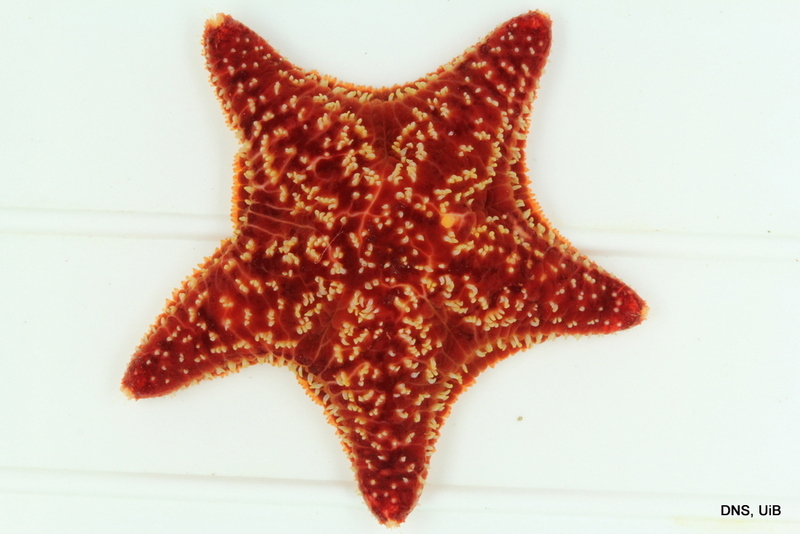
 Strangely enough, considering how common, conspicuous and wide-spread the species is, it has not been barcoded very frequently in BOLD – our specimen here will be the fifth in total to be submitted..!
Strangely enough, considering how common, conspicuous and wide-spread the species is, it has not been barcoded very frequently in BOLD – our specimen here will be the fifth in total to be submitted..!
